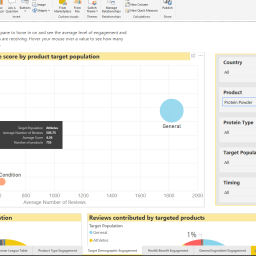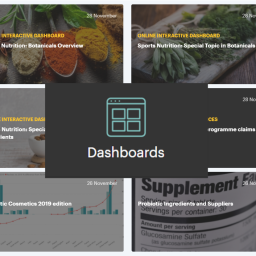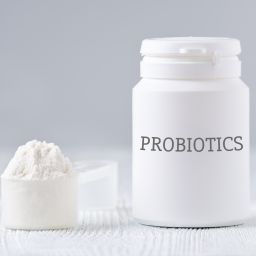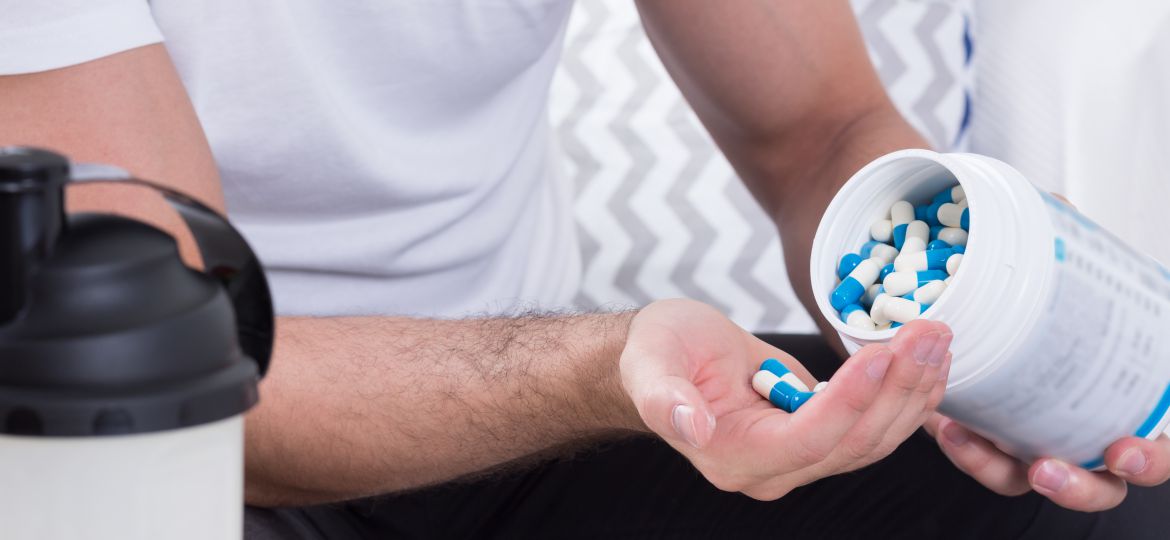
Pre-workout supplements are gaining ground in sports nutrition supplementation. Pre-workout blends (PWBs), usually in powder format, are by far the most common type. Lumina Intelligence captured 602 non-distinct pre-workout blend (PWBs) in 20 countries on all continents. About one third of sports nutrition brands feature PWBs in their ranges. This attests to the importance of the category, but our research also indicates that PWBs could be doing even better than they currently are.
This article shares some of the core insights gleaned by Lumina Intelligence research to help those intending to become key players in the global pre-workout supplements market. Promoting consumer engagement with their products and growing their target audience, for example, should form part of the success strategy.
SEE MORE DETAIL
This article is based on Lumina Intelligence’s market research report “Pre-Workout Blends: Achieving Optimum Market Stimulation”. Buy it now for the full picture.
Online engagement instrumental to product success
E-commerce has profoundly changed the way consumers make their purchasing decisions. It is increasingly about studying online reviews and comparing product rankings. What we are seeing is that large numbers of positive product reviews and high rankings can help elevate products to the top of in-site searches and category pages.
Lumina Market Intelligence research shows that, where consumer engagement in the various sports nutrition market segments is concerned, PWBs perform relatively poorly. As evident from the chart below, PWBs scored an average ranking of 4.25 out of 5, which, albeit objectively still high, is less than that of the other major sub-categories. Also, in terms of reviews, PWBs only received an average of 225 per product, while protein powders attracted 900+ reviews and BCAAs (branched chain amino acids) around 800.
What might be the reason for PWBs comparatively subdued performance? Well, PWBs are particularly review and ratings sensitive. This is because their benefits, about which we will talk in more detail shortly, are chiefly about instant gratification. Their central promise is to boost performance and mental focus in the impending workout session, rather than promoting delayed benefits like muscle growth. If no immediate effect is felt, a lower satisfaction rating is the likely result.
Average number of reviews & average brand variant score by sports nutrition sub-category, 20 countries, Q3 2018
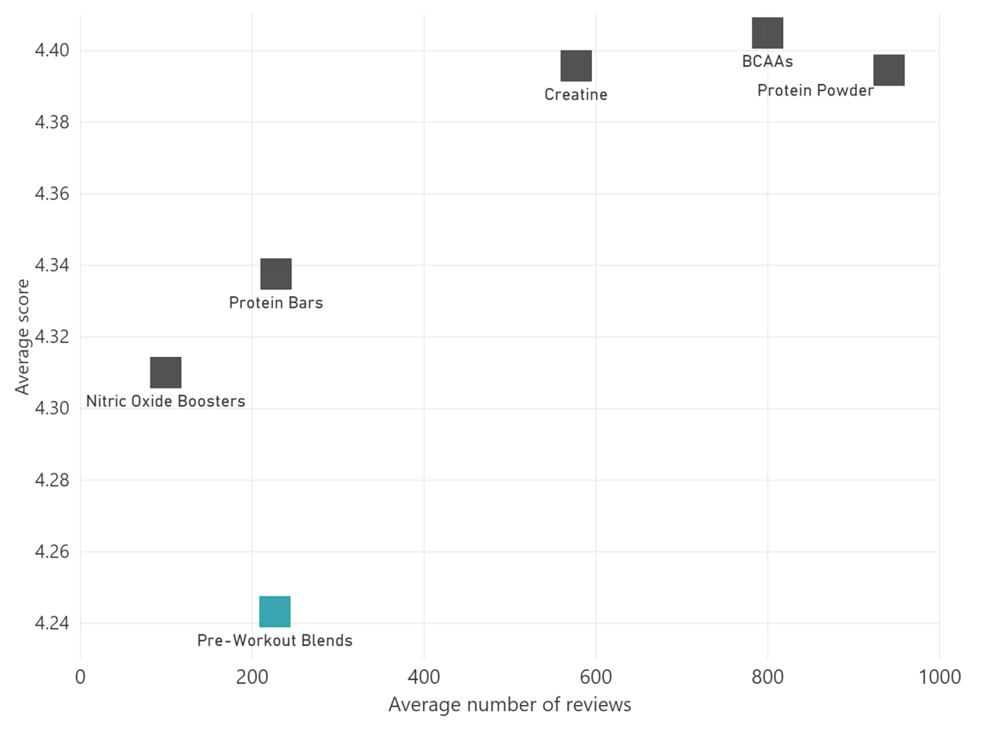


What benefits do PWBs promise?
Generally, PWBs are taken 30-60 minutes before an exercise session to boost the efficiency and impact of the workout that follows. Our research shows that the leading health benefits featured on-pack pertain to increasing energy, focus, performance and power. Other frequently claimed benefits include improving endurance, strength, focus and fatigue reduction.
It has to be emphasised that the gamut of benefits claimed by pre-workout blends is enormous, as illustrated by the graph below.
PWBs: Average number of reviews and average score by health benefit, 20 countries, Q3 2018
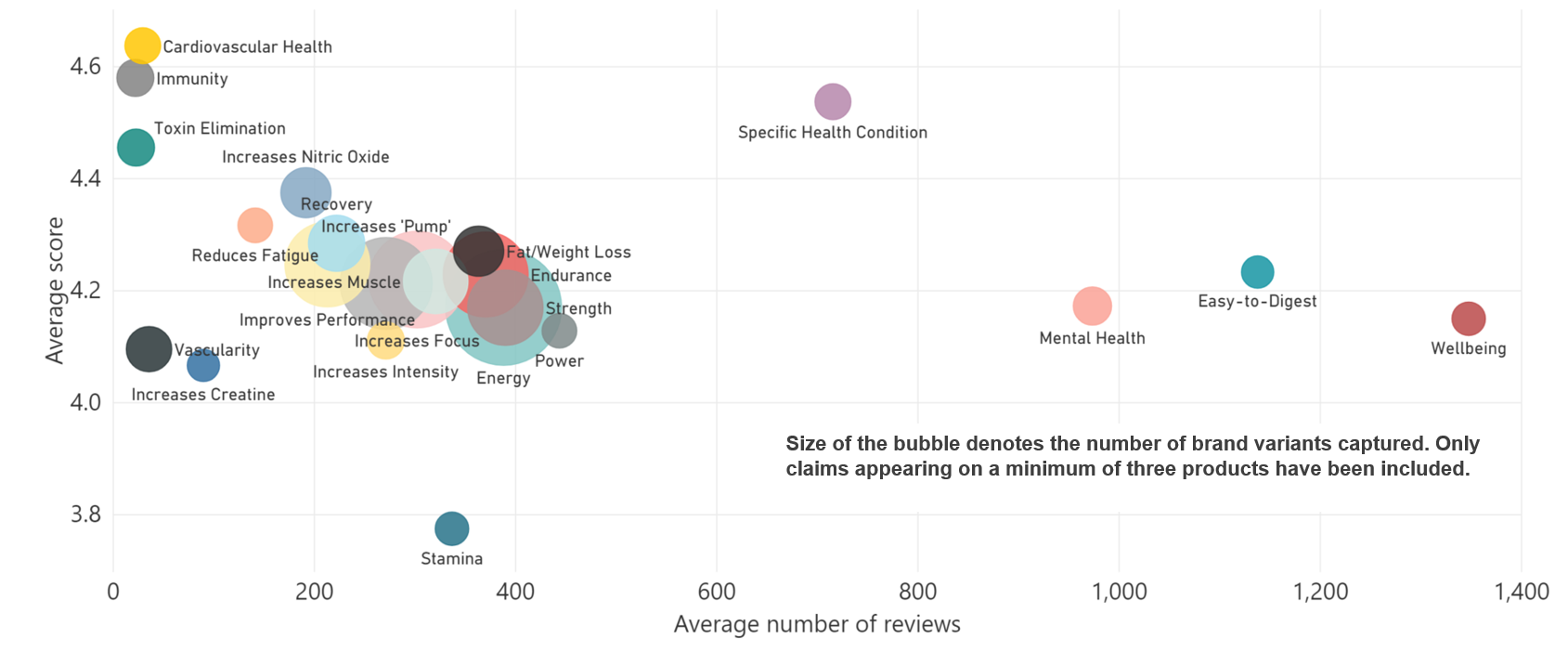


The vast range of different health benefits associated with pre-workout supplements is one of the reasons why it is so difficult to assess their efficacy. The other, and related, reason is that the number and combination of different ingredients varies substantially between products. We shall discuss this in a bit more detail in the next section.
It is worth mentioning at this point that there is a growing body of evidence supporting pre-workout supplements’ usefulness. A fairly recent review of multi-ingredient pre-workout supplements (MIPS) suggested that consumption of these supplements, in conjunction with resistance training, did appear to boost beneficial changes in body composition, endurance and subjective mood. The overall conclusion reached by the researchers was that MIPS did indeed have promise as an aid to enhancing physical performance in active individuals.
Amino acids are a must
Given the fact that there are so many possible positionings, PWBs are highly variable in their composition. In our analysis of over 600 brand variants across 20 markets we found that amino acids, caffeine, green tea, creatine, nitric oxide, and taurine were the most used ingredients of the category.
The energy-boosting, performance and recovery benefits of amino acids make their inclusion virtually mandatory. B-alanine, touted as enhancing performance capacity and reducing muscle fatigue, featured in 75% of the blends captured. L-tyrosine was present in about half. This amino acid is thought to boost the levels of certain neurotransmitters, like adrenaline, which are required in physically and mentally challenging situations.
of pre-workout blends captured in Q3 2018 feature B-alanine.
Botanicals generate most engagement
Botanicals are present in 62% of PWBs. Predictably, the range of botanicals employed is truly vast, as evidenced in the graph below. We captured 50 different types, with 20+ botanicals appearing in products 10 or more times. Ginseng, green tea and beetroot emerged as the top three.
Our research shows that PWBs containing botanicals outperform botanical-free products in terms of user engagement. Fruit and vegetable extracts like blueberry, broccoli and cherry, as well as “spice rack” ingredients like cinnamon, curcumin, black pepper and garlic are real rating and review winners.
Count of botanicals in PWBs, 20 countries, Q3 2018



Blends with branded ingredient complexes garner triple the reviews
Some products, however, choose not to reveal their exact composition. This is a common practice in PWBs. Our research showed that 60% of the PWBs captured by us contained a type of proprietary blend. Cobra Labs, for instance, besides stating that its product was vegan friendly and gluten free, does not provide ingredient information on its website for its PWB The Curse.
Number of reviews by presence of proprietary ingredients, 20 countries, Q3 2018
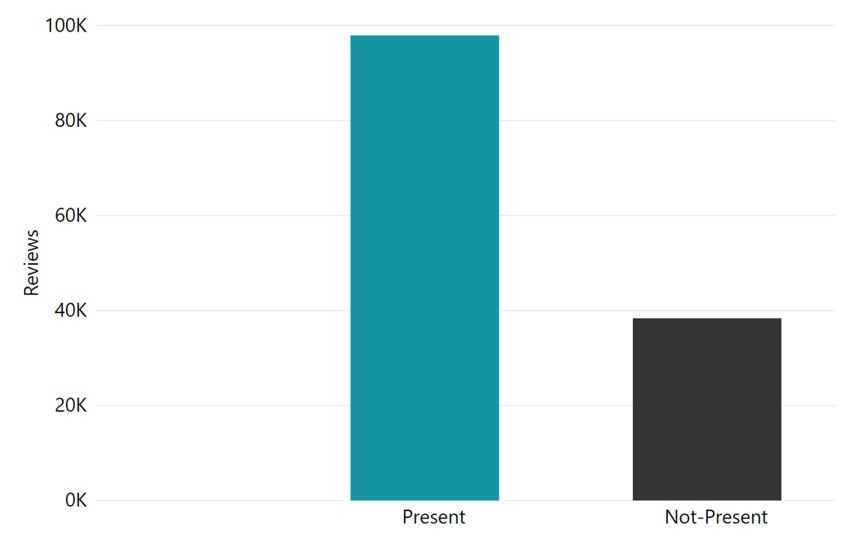


Our research revealed that PWBs containing proprietary ingredients generated over three times (330%) more reviews than those without. CarnoSyn, a beta-alanine ingredient produced by Natural Alternatives International, emerged as the stand-out performer, featuring in one third of the PWB variants captured by us.
Top 10 proprietary ingredients by count in products, 20 countries, Q3 2018
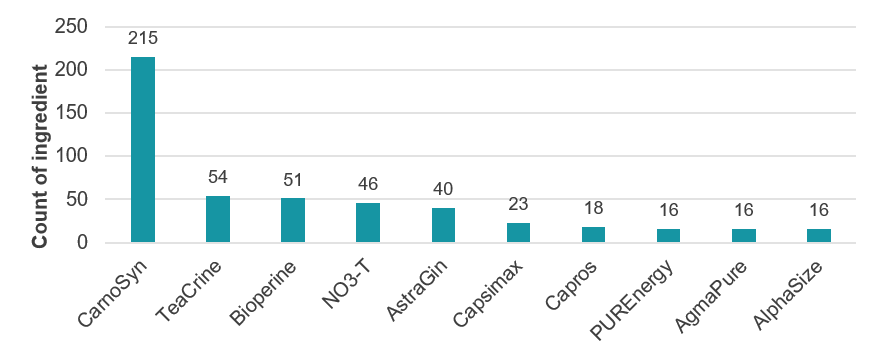


How to reach new audiences
Gone are the days when dedicated athletes and bodybuilders were the primary pre-workout target market. Our research demonstrates that a “general” positioning dominates today’s PWB scene. Offerings targeted at a general audience have a much greater presence than products explicitly targeting athletes, at 350 vs. 229 products across 20 countries.
These general products tend to have a distinctly “male vibe,” although the number of products targeting women is rising. We see much underexploited potential in gender as well as age differentiation.
Consumer and market trends show that older consumers are increasingly interested in more active lifestyles with the aim of remaining mobile, mentally sharp and independent for as long as possible. This is going to translate into growing demand for products that support this goal, and PWBs do fit the bill.
In terms of format, our research shows that powders still dominate the scene. An overwhelming 92% of PWBs come in this format. Pills (capsules, tablets, etc) and drinks, however, are gaining in popularity. The RTD format, in particular, could do much to bring PWBs even more into the mainstream.
Busy consumers do appreciate convenience, and having to mix the product up themselves presents a hurdle to some. Small bottles of around 200ml or less that can be consumed in one go, including 90ml shot-format, are likely to be preferred by many.
of pre-workout blends captured in Q3 2018 come in powder format.
Towards a promising future
The pre-workout supplements market is destined to expand. We have outlined a handful of measures by which manufacturers may heighten these products’ appeal, including the careful selection of up-and-coming botanicals. An example is ashwagandha, an adaptogen, which has shown a range of athletic benefits. There are also innumerable culinary herbs and spices with relevant benefits, which enjoy great clean label traction.
Proprietary ingredients, too, have proven to fuel consumer engagement with PWBs and are always worth considering in product development.
To ensure sustained market growth, expanding the remit of PWBs to stretch beyond instantaneous results may also be a good strategy. Weight loss, for instance, is a benefit that deserves more leverage.
View all our reports
See the range of reports we offer for the sports nutrition market including market overviews, deeper examinations of niche markets, country insights and more.




